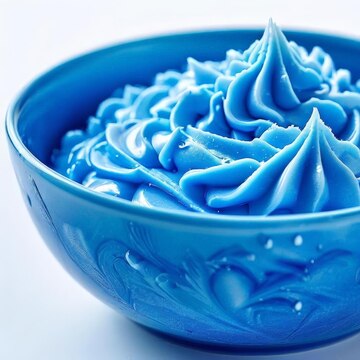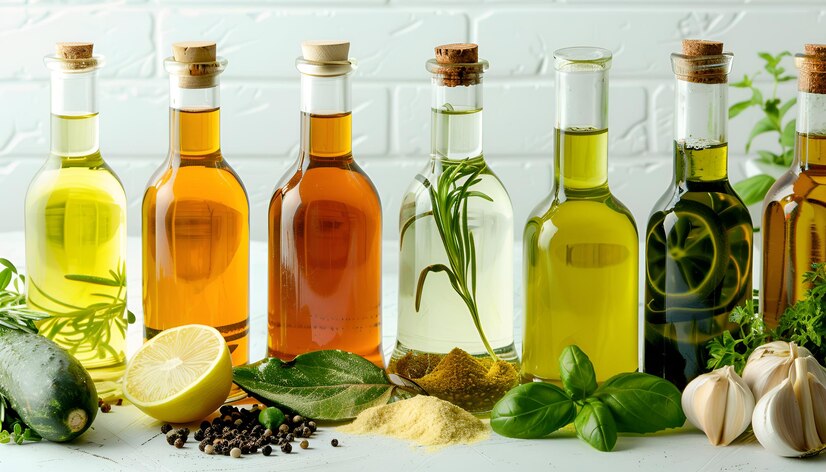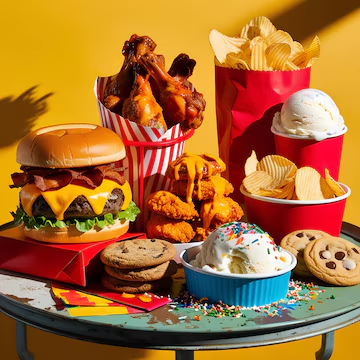Do you know what you eat? To avoid consuming harmful chemicals, read the ingredients label on the foods you eat. Focus on food categories that commonly contain additives, such as candy, sodas, sports drinks, packaged bread, tortillas, cookies, other baked treats, and shredded cheese, especially in generic store brands. Generally, the more heavily processed a product is, the more likely it contains these additives.
Added Ingredients to Make us addicted
We all know that tobacco products are addictive, in the same way these additives are. This is because the major tobacco companies are now the owners of most of our major food companies. They want us to buy their products and additionally, you will become addicted to these products the more you eat them such as snacks, chips, cookies, and drinks to name just a few.
YOU ARE WHAT YOU EAT AND YOU WILL KNOW THAT AFTER YOU READ THIS
Aspartame: a near-zero calorie artificial sweetener made by combining two amino acids with methanol. Most commonly known in diet drinks. Aspartame is 180 times sweeter than regular sugar. Found in over 6000 grocery items including diet drinks, yogurts, and table-top sweeteners Nutra-sweet and Equal. Most of the studies have shown aspartame to be completely harmless other studies indicate that the additive might be responsible for a range of Cancers.
BHA (Butylated Hydroxyanisole) and BHT (Butylated Hydroxytoluene). These are petroleum-derived antioxidants that preserve fats and oils. Among the two, BHA poses a greater danger; studies have shown that it causes cancer in the stomachs of rats, mice, and hamsters. Meanwhile, The Department of Health and Human Services classifies BHA as reasonably anticipated to be a human carcinogen. You can find these preservatives in beer, crackers, cereals, butter, and foods with added fats.
Blue #1 and #2 are synthetic dyes that manufacturers use alone or in combination with other dyes to create various colors. Studies in animals have linked both dyes to cancer. You can find these dyes in cereal, icing, candy, and beverages. Do you know what you EAT?
Brominated Vegetable Oil: neurological problems, thyroid, heart, liver problems, behavioral, developmental, and reproductive issues. Last reviewed by the FDA in 1977. A flame retardant used in rocket fuel that just so happens also to make a handy emulsifier. Found in sports drinks, and citrus-flavored sodas. BVO may negatively affect thyroid hormones, contributing to internal inflammation linked to obesity.
Caramel coloring, an additive produced by treating sugar with ammonia, can create harmful carcinogens. However, you’ll find this additive in drinks, snacks, protein bars, candy, coffee flavor syrups, processed snacks, and baked goods.
Corn Syrup is a liquid sweetener and food thickener made by allowing enzymes to break corn starch into smaller sugar, It provides no nutritional value other than calories and (inches on the waistline). this is in every imaginable food category, including these items, bread, sauces, soups, frozen treats, and frozen dinners.
Evaporated corn juice Manufacturers derive evaporated corn juice sweetener from sugar cane, while they process table sugar to a finer consistency. You can find this sweetener in soy milk, protein bars, yogurts, granola, cereals, chicken sausages, and other natural and organic foods. Like all sugars, it can contribute to obesity if not used in moderation. Can cause obesity if not used in moderation just like all sugars.
Fully Hydrogenated Vegetable Oils: Are made by forcing as much hydrogen as possible onto fat molecules’ carbon backbone, making extremely hard, waxlike fat. You can find this in tubs of margarine, peanut butter, and many baked goods. Do you know what you EAT?
High-fructose corn syrup: a cheap corn-derived sweetener representing more than 40% of all caloric sweeteners in the supermarket. Found in nearly everything including ice cream, chips, cereal, bread, ketchup, canned fruits, yogurt, and 2/3 of all sweetened beverages. The OBESITY RATE has risen since 1980, due to the HFCS being in nearly everything you consume now.
Hydrolyzed Vegetable Protein (HVP) Food processors create hydrolyzed vegetable protein (HVP) as a flavor enhancer by using heat and chemicals to break down vegetables into their component amino acids. HVP enables them to achieve a stronger flavor with fewer ingredients. You can find it in canned soups, chili, frozen dinners, and beef and chicken-flavored products. The FDA does not require manufacturers to list it on the label.
Interesterified Fat: Semi-soft fat that is created by chemically blending hydrogenated and non-hydrogenated oils together. We can find this in canned soups, frozen dinners, margarine, and pastries. A study in Brazilin animals in 2014, found that man-made fat can harden & cause narrowing of the arteries the two primary causes of stroke and heart attacks.
Modified Food Starch is a catch-all phrase describing starches derived from ( corn, wheat, potatoes, or rice) modified to change their response to heat and cold, improve texture amount other reasons. Found in most highly processed foods, low-calorie and diet foods cookies, and frozen meals.
There are two major classes of nutrients in our food:
Macronutrients are carbohydrates, protein, and fat. They supply our energy (in the form of calories) and serve as building blocks for our muscles and tissues. Micronutrients- are vitamins and minerals. Do you know what you EAT?
Monosodium Glutamate Manufacturers use the salt of the amino acid glutamic acid to enhance the savory quality of food. Found in certain chili, soups, food with beef or chicken flavoring, and chips. MSG alone has very little flavor, so how exactly it enhances foods is unknown. MSG injected into lab mice causes brain cell damage. Research shows that it makes food more appetizing, increasing the desire to keep eating it. To make matters worse, it also blocks the I am full hormones from communicating with the brain and tells your body to pump out insulin.
Partially Hydrogenated Vegetable Oil: a manufactured fat created by forcing hydrogen gas into vegetable fat under extremely high pressure, unintended effects of trans fat. Food processors like this fat because of its low cost and long shelf life. Find it in margarine, pastries, frozen foods, cakes, cookies, crackers, soups, fast food items, and non-dairy creamer. The FDA banned this from packaged food products. Meanwhile, this is known for clogging arteries. And reducing blood flow which impacts everything from brain function to sexual functions.
Phosphorus helps to convert food into energy. Also aids in bone growth and muscle contraction and regulates blood acidity.
Potassium. Is required by the body to regulate the heart rate and balance of water in the cells.
Potassium Bromate. Has been linked to cancer. Studies have linked potassium bromate to cancer. The FDA last reviewed it in 1973. Manufacturers add this flour booster to strengthen dough, help baked goods rise higher in the oven, and enhance texture. You can find potassium bromate in over 190 products, including packaged breads, dumplings, and frozen foods. Do you know what you EAT?
Propylparaben the FDA last reviewed propylparaben in 1977. Manufacturers use it as a preservative to extend the shelf life of packaged foods by preventing mold and bacteria growth. You can find propylparaben in over 50 products, including packaged corn tortillas, baked desserts, and cake icing.
Red Dye #3 & #40 Studies have found that these substances cause cancer and thyroid tumors in lab animals. These have been linked to hyperactivity and other neurobehavioral effects in children. Over 30 years ago, health concerns prompted the FDA to ban their use in cosmetics. The FDA last reviewed them in 1982.
Sodium Nitrite and Nitrate are preservatives used to prevent bacterial growth. And maintain the pinkish of meats and fish. It’s in some bacon, sausage, hotdogs, and cured, canned, and packaged meats. If they react with amino acids to form cancer-causing chemicals called nitroamines.
Sodium Phosphate Manufacturers create this additive using sodium and phosphate to keep food moist and tender during storage. Found in a lot of sausages, lunch, and other processed meats, ham, and canned fish. When phosphates seep into the bloodstream it can increase the risk of heart disease. Doctors are linking the compound to higher rates of CKD (chronic kidney disease) weak bones and premature deaths.
Titanium Dioxide Scientists have linked titanium dioxide to digestive tract problems, leading to its ban in most European countries because they could not rule out its genotoxicity—the ability to damage genetic information in the body’s cells. The FDA last reviewed it in 1966. You can find titanium dioxide in food coloring, coffee creamers, baking decorations, and sauces that appear whiter.
Yellow #5 & #6 are the second and third most commonly used food colorings. These dyes are found in cereals, puddings, bread mixes, beverages, chips, cookies, and condiments. Several studies have linked both of these dyes to learning and concentration disorders (ADD) in children. Sweden and Norway have banned the use of these dyes. In Europe, manufacturers must label foods containing these additives with the phrase “may have an adverse effect on activity and attention in children.” Additionally, yellow #5 is known to cause hives. Animal studies demonstrating potential risk in kidney and intestinal tumors. FDA does not view these as a serious risk to humans. Do you know what your kids eat?
You can easily find substitutes for each of these ingredients; for example, manufacturers often use sorbic acid instead of brominated vegetable oil, and calcium carbonate instead of titanium dioxide. In many cases, the alternatives are less expensive. However, food companies say it is an inconvenience to change their formulas.
This article is for reference only, everyone’s bodies are not the same so work with your doctor or dietician
We can all help make this a better place with the “Pay It Forward” gesture we will teach you how. CONTACT US




